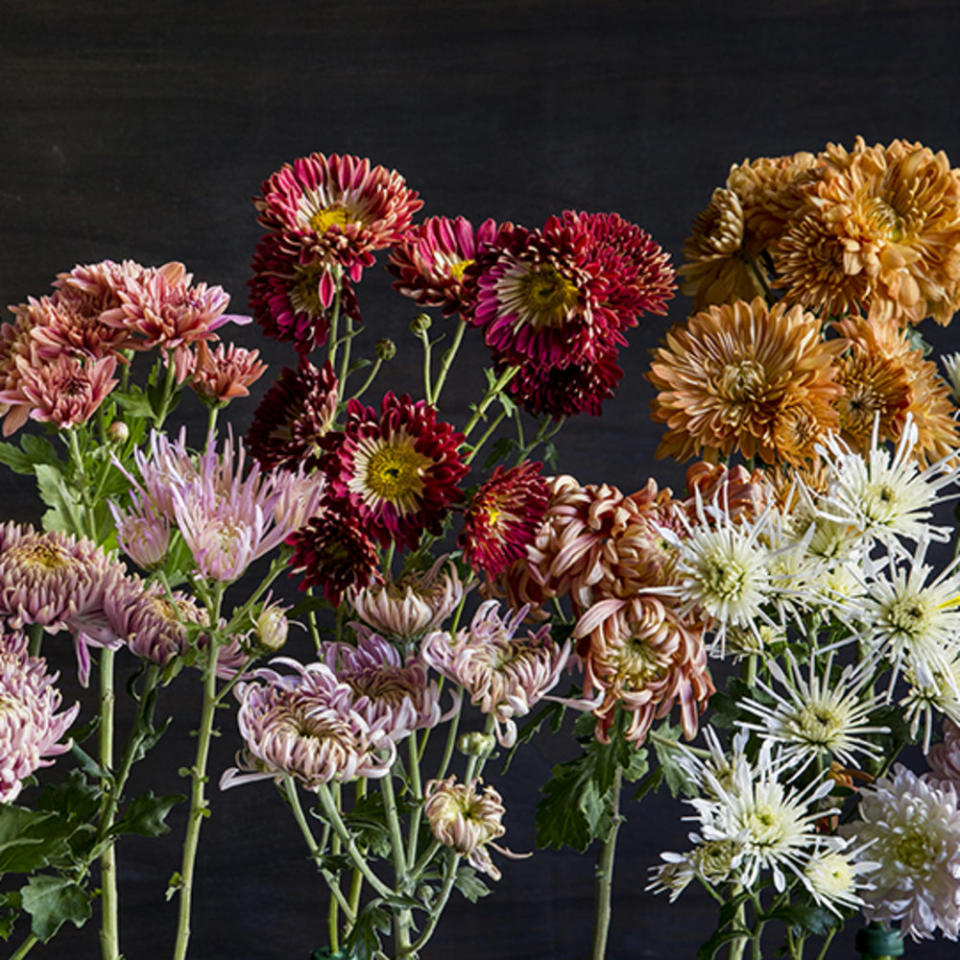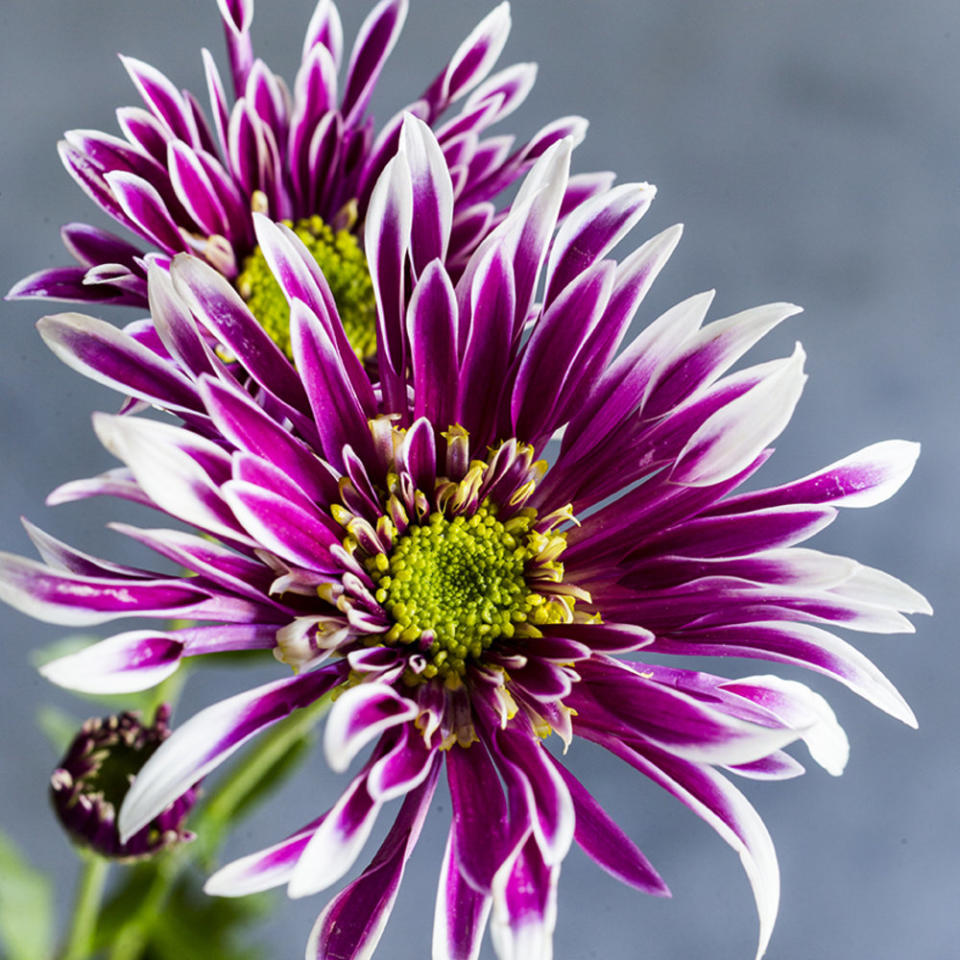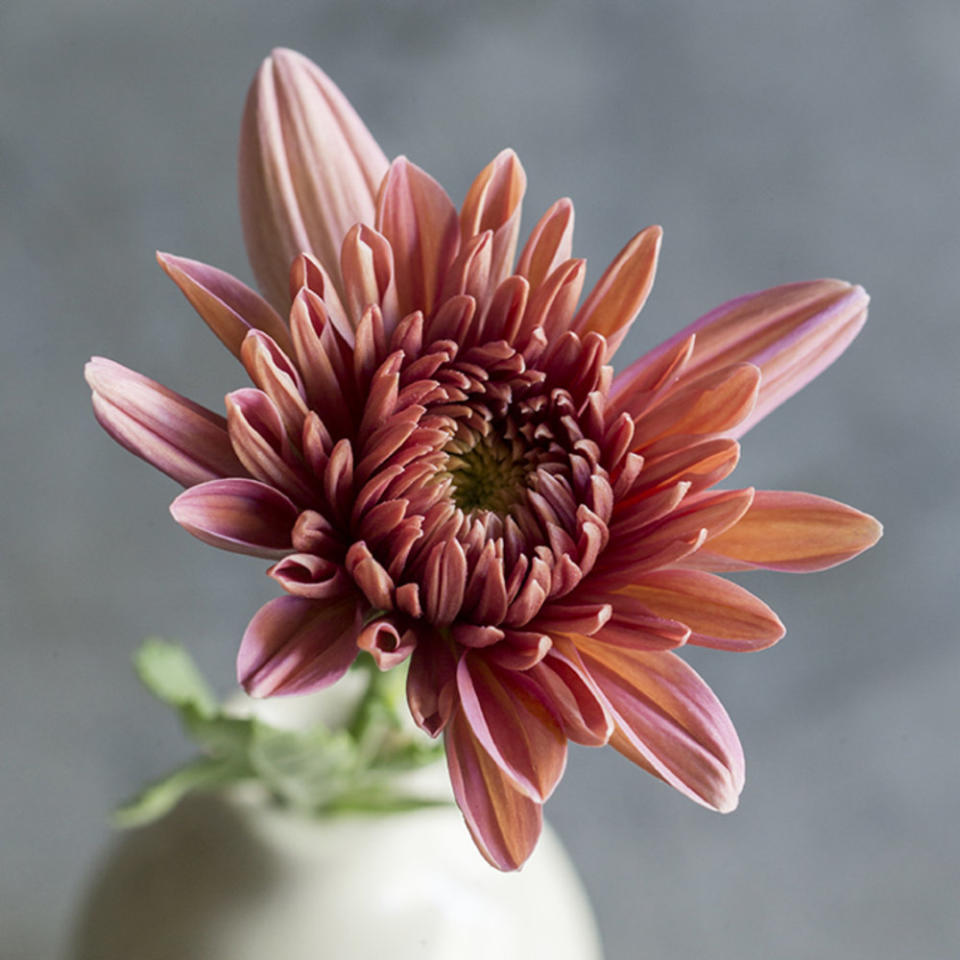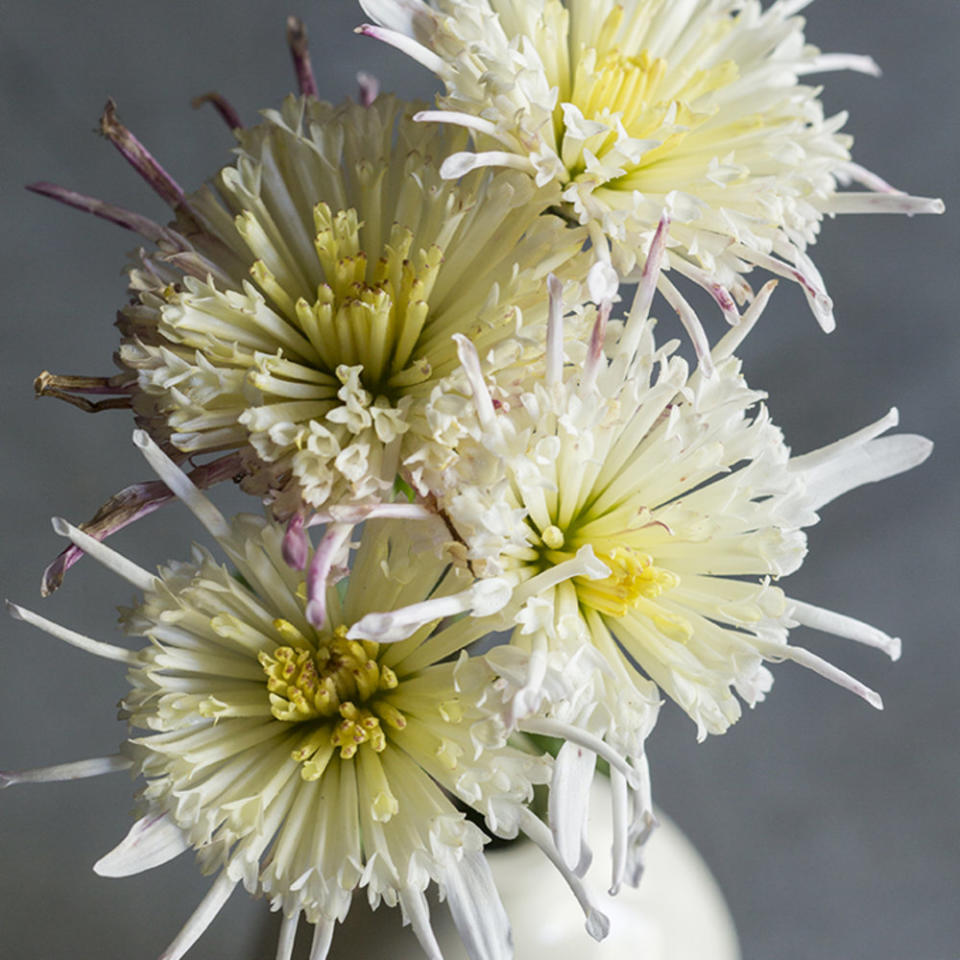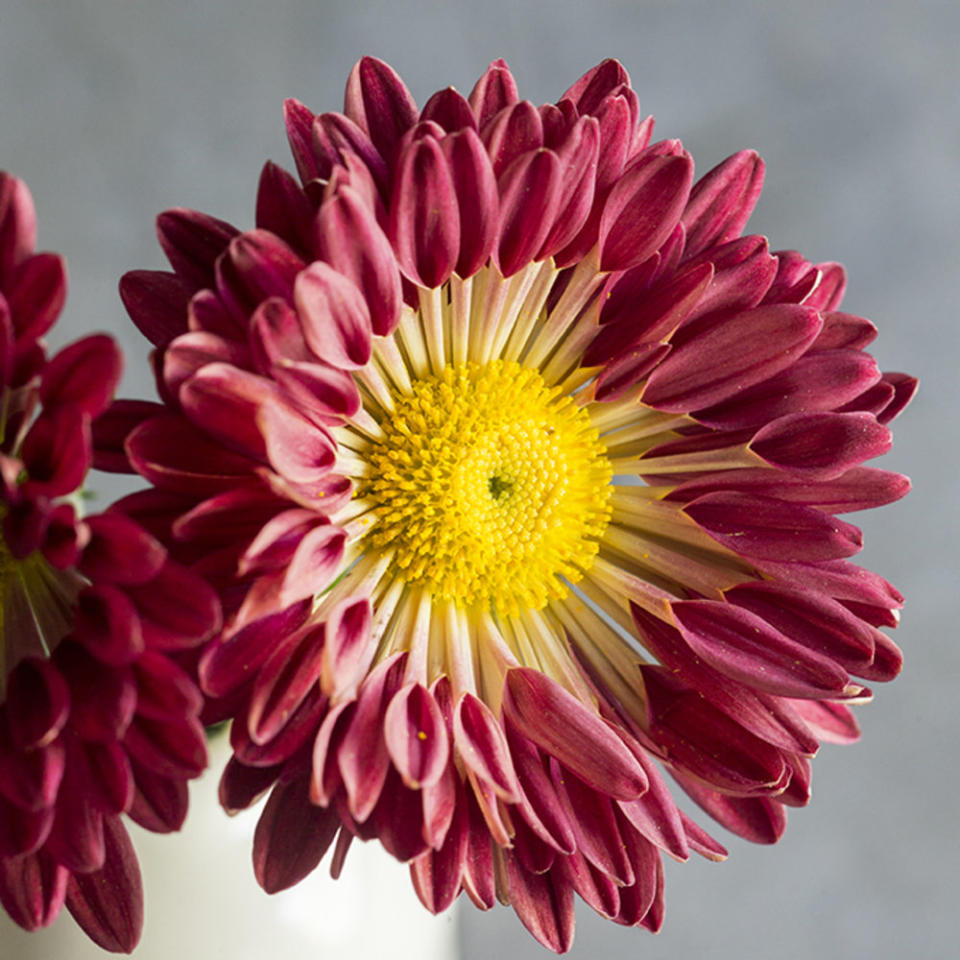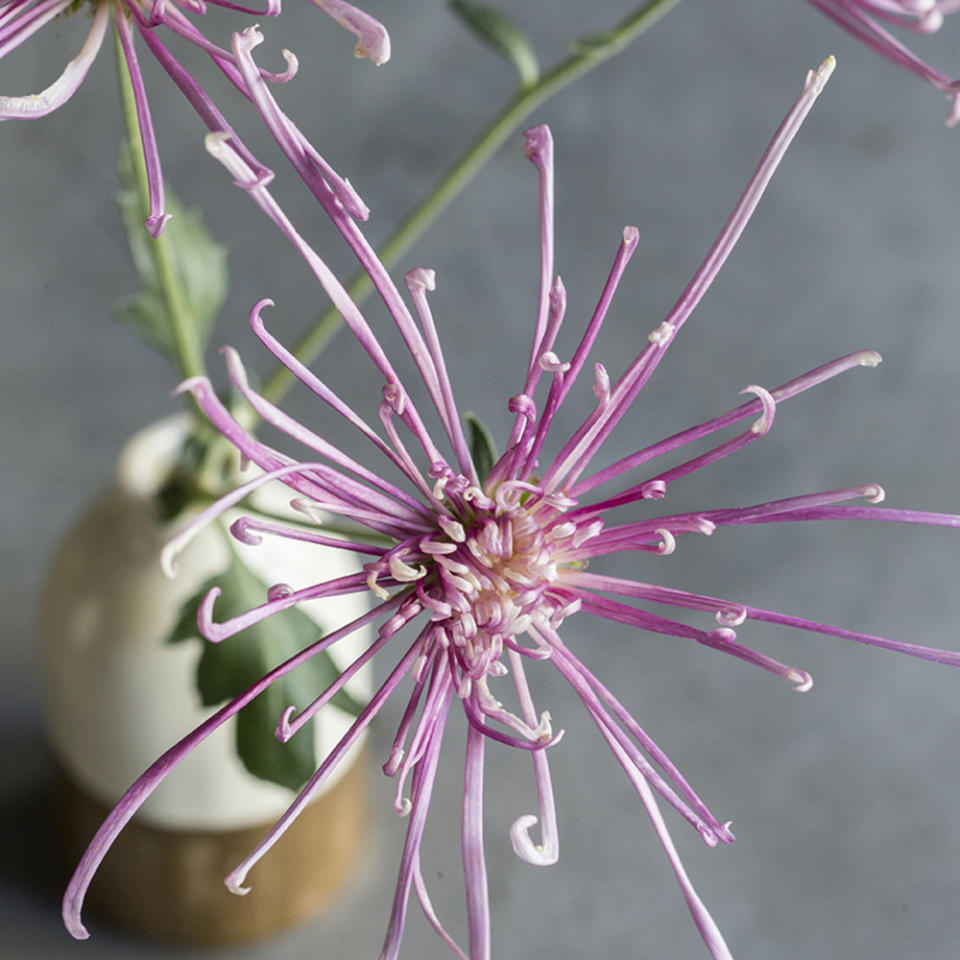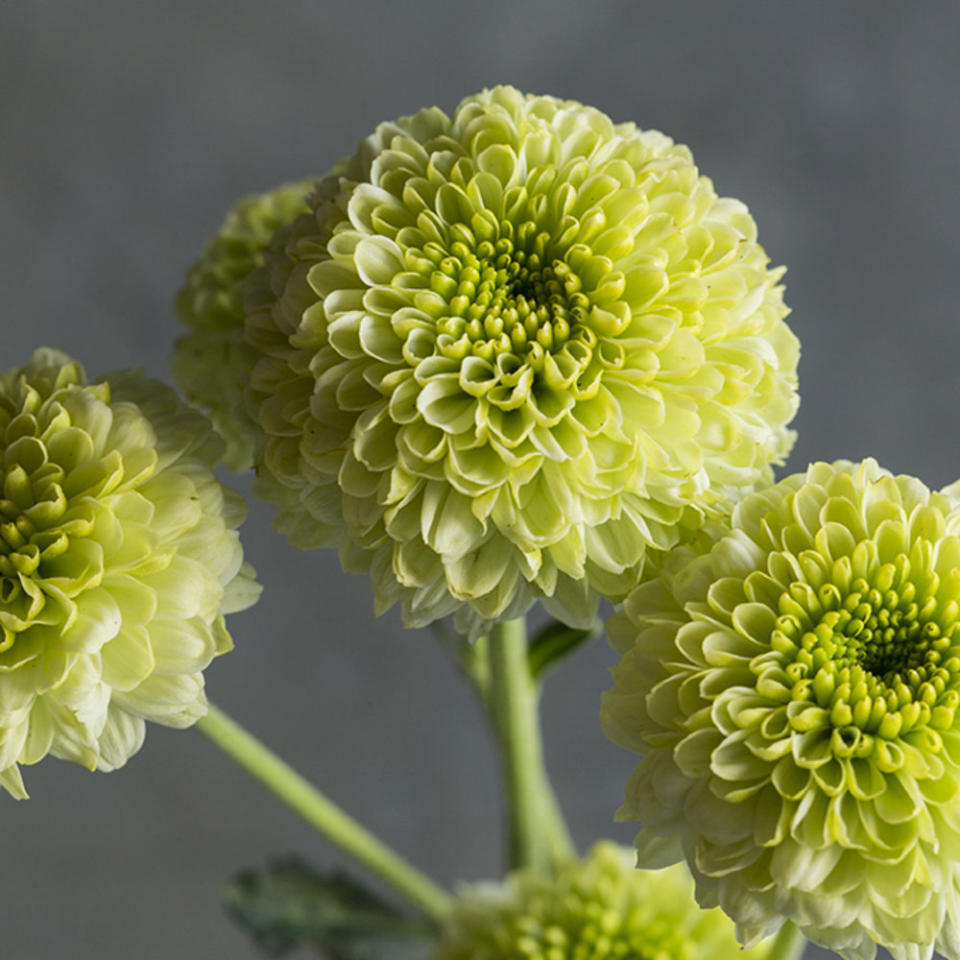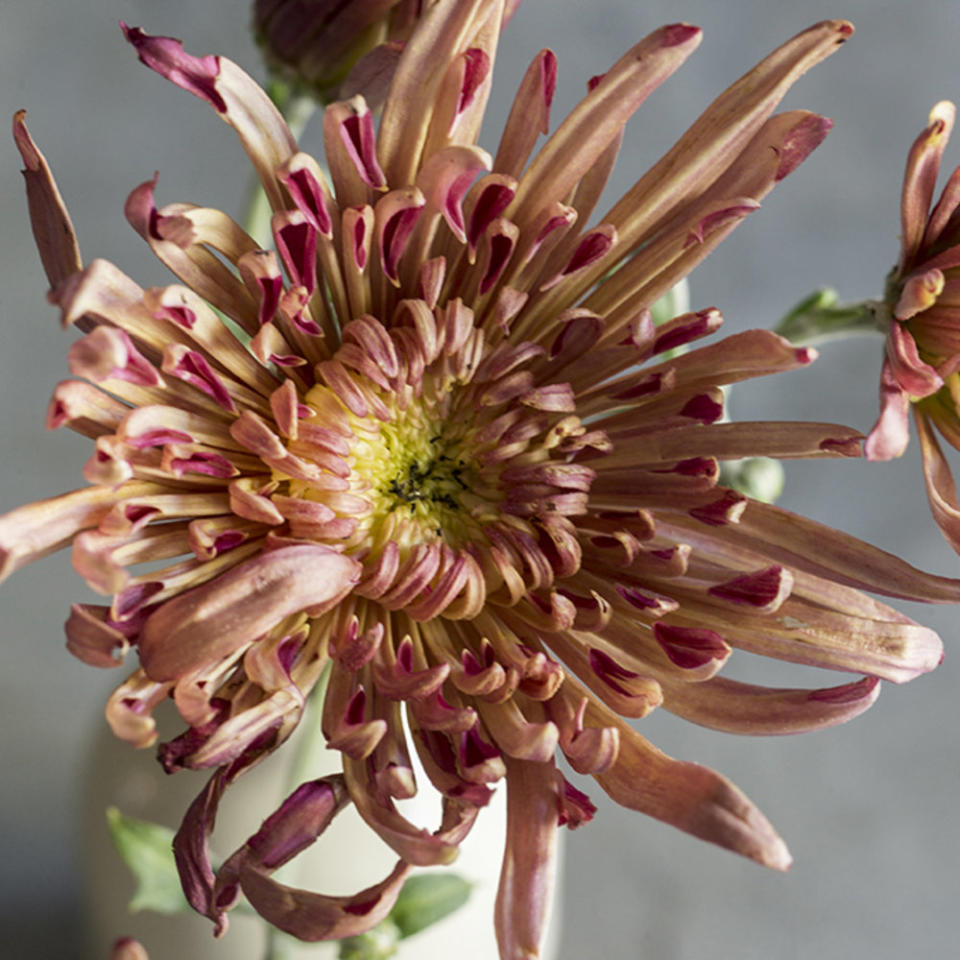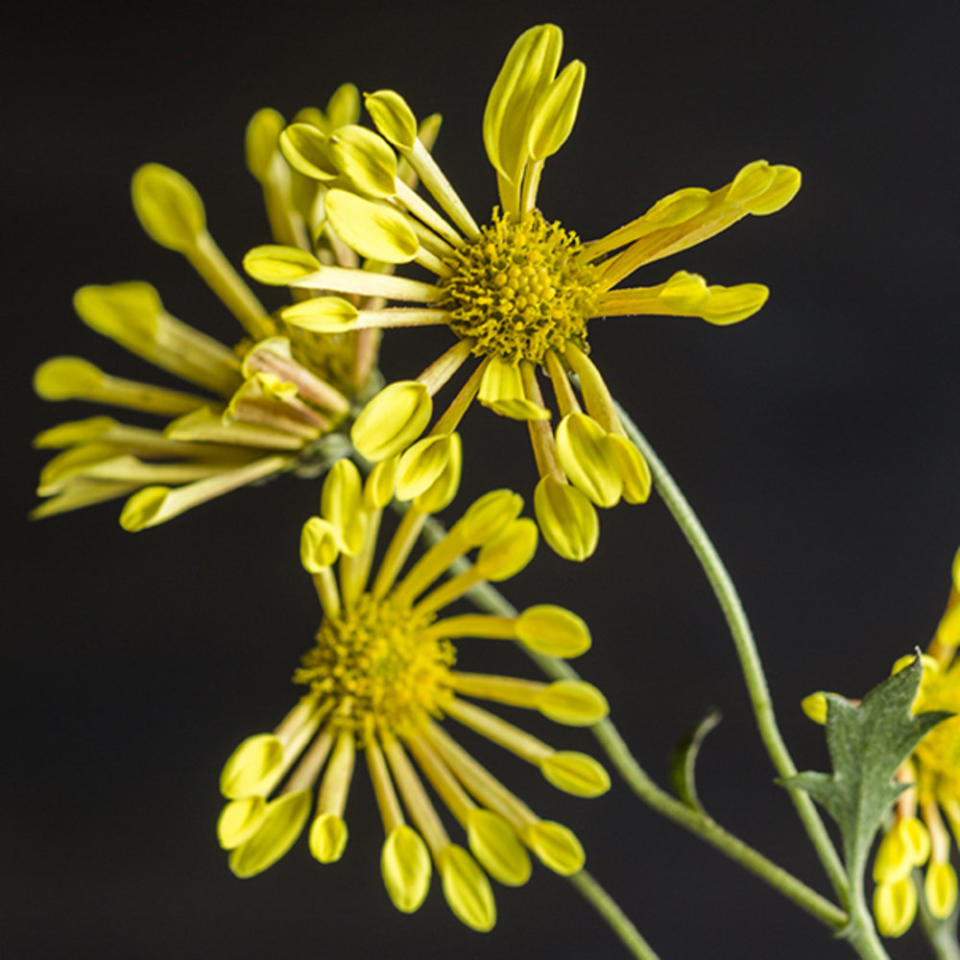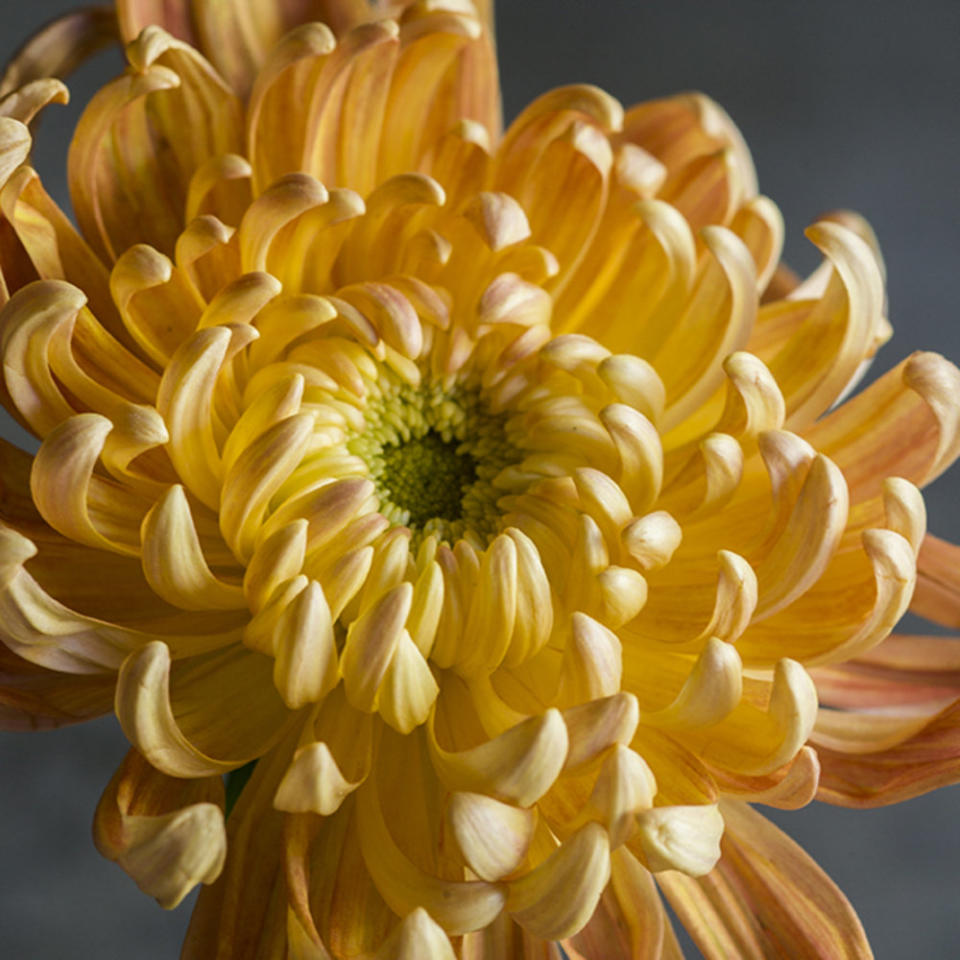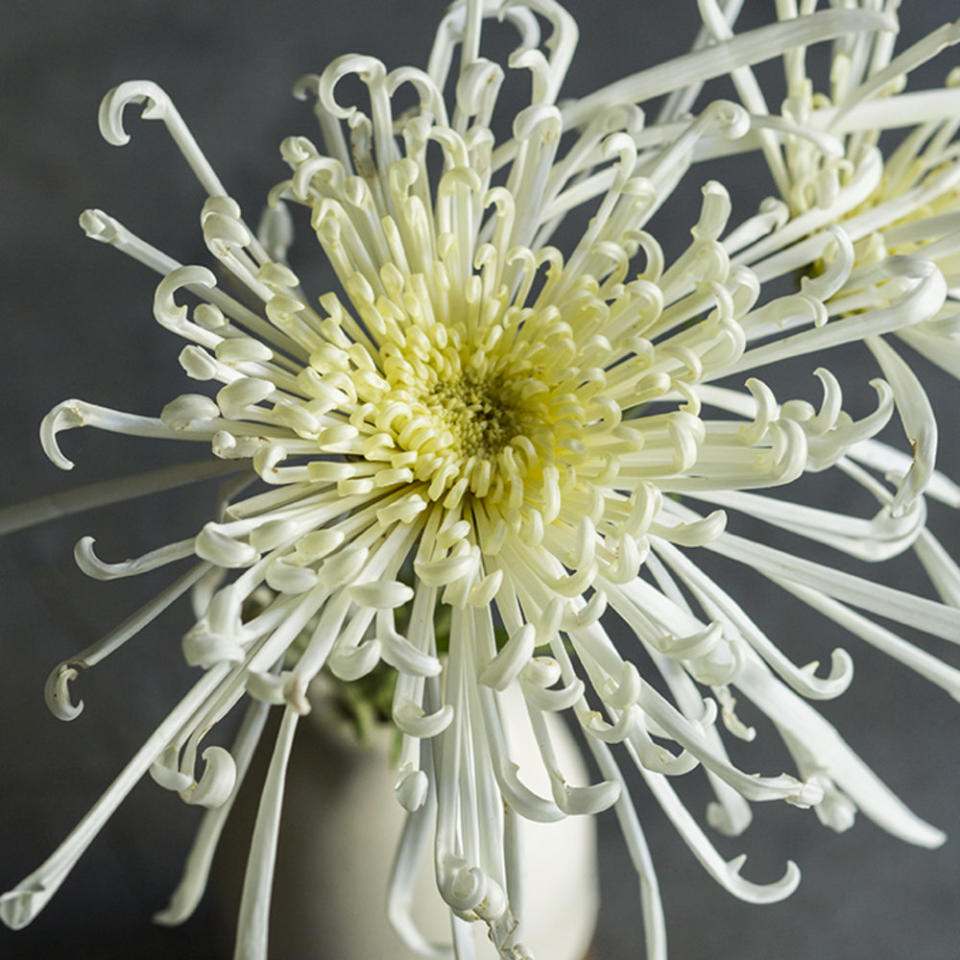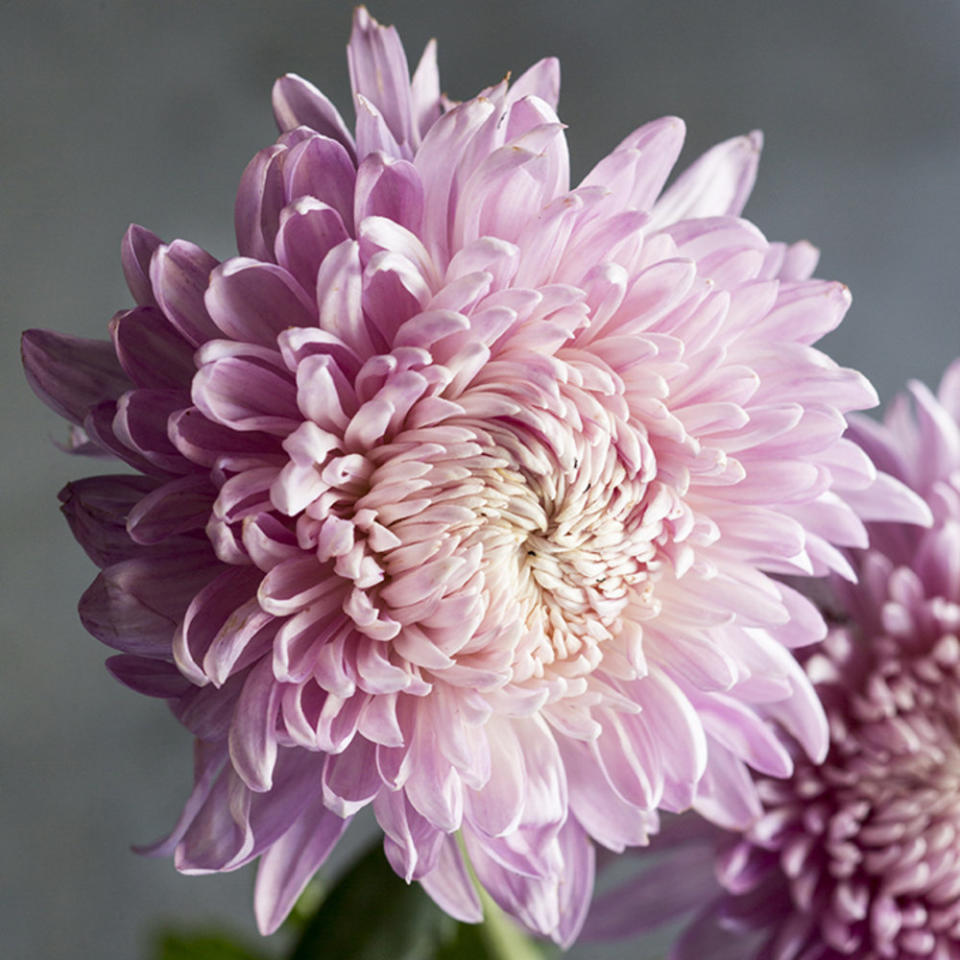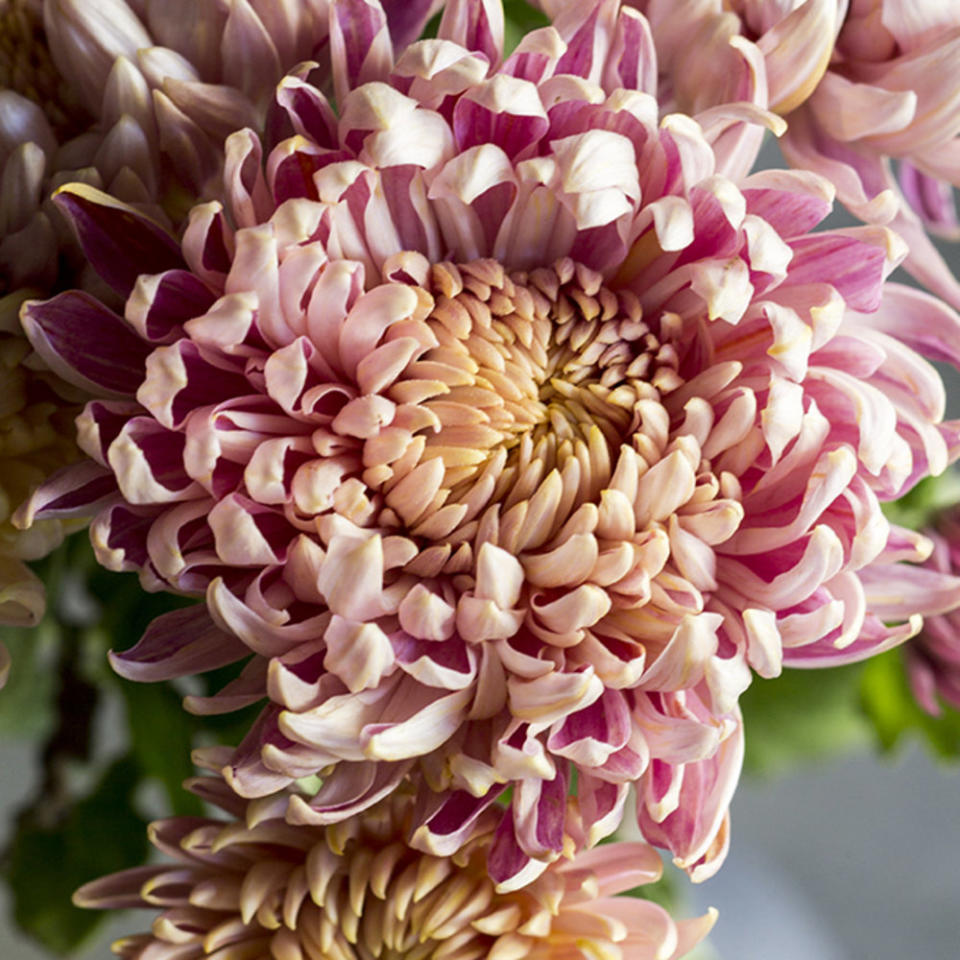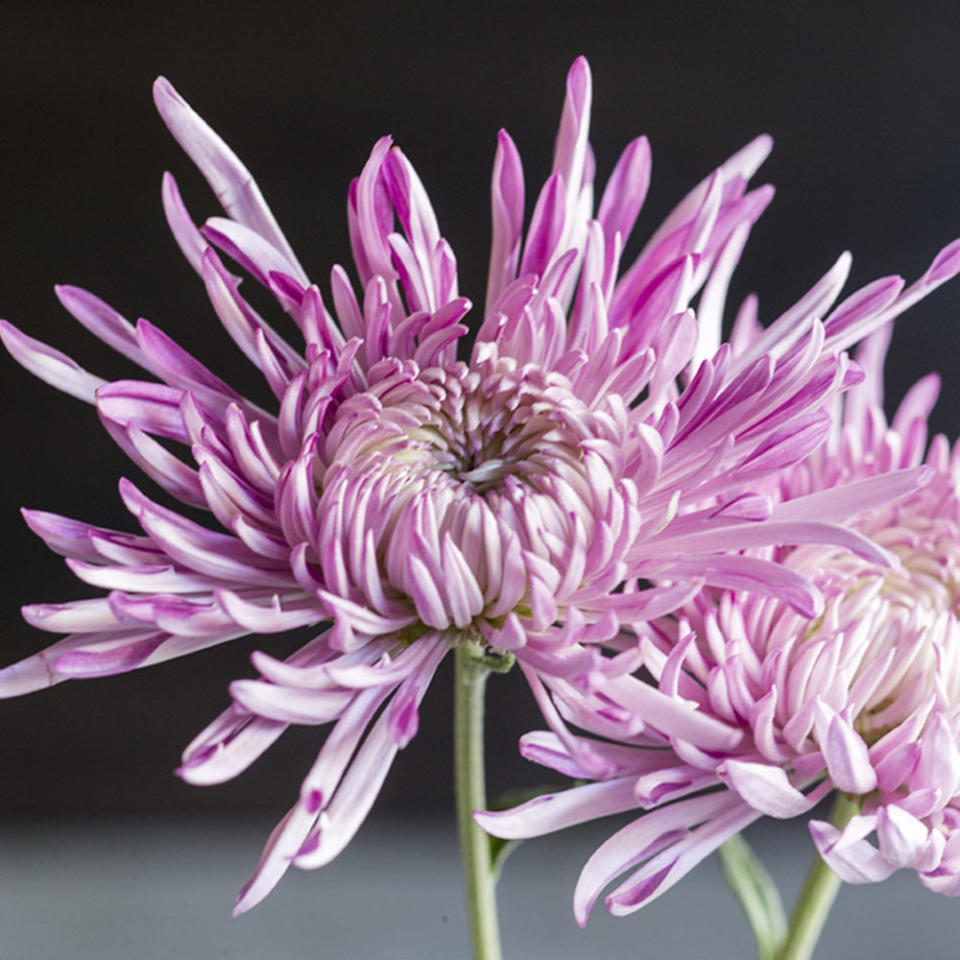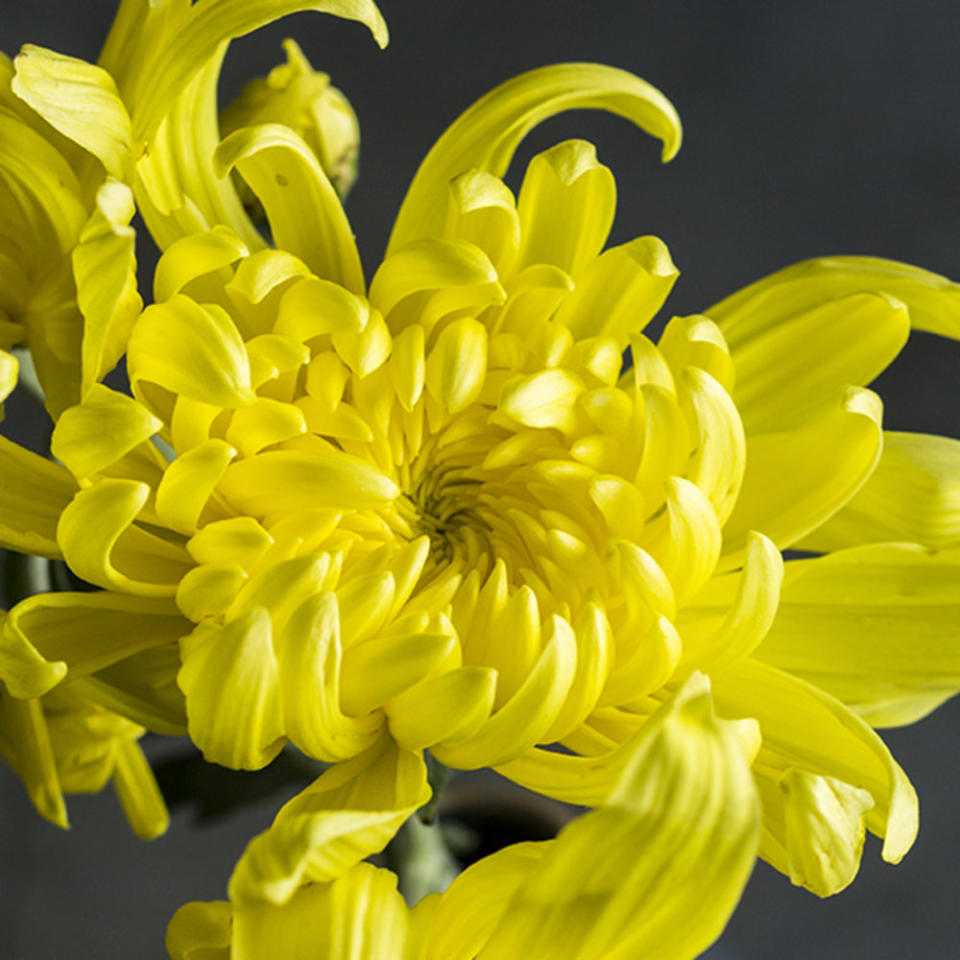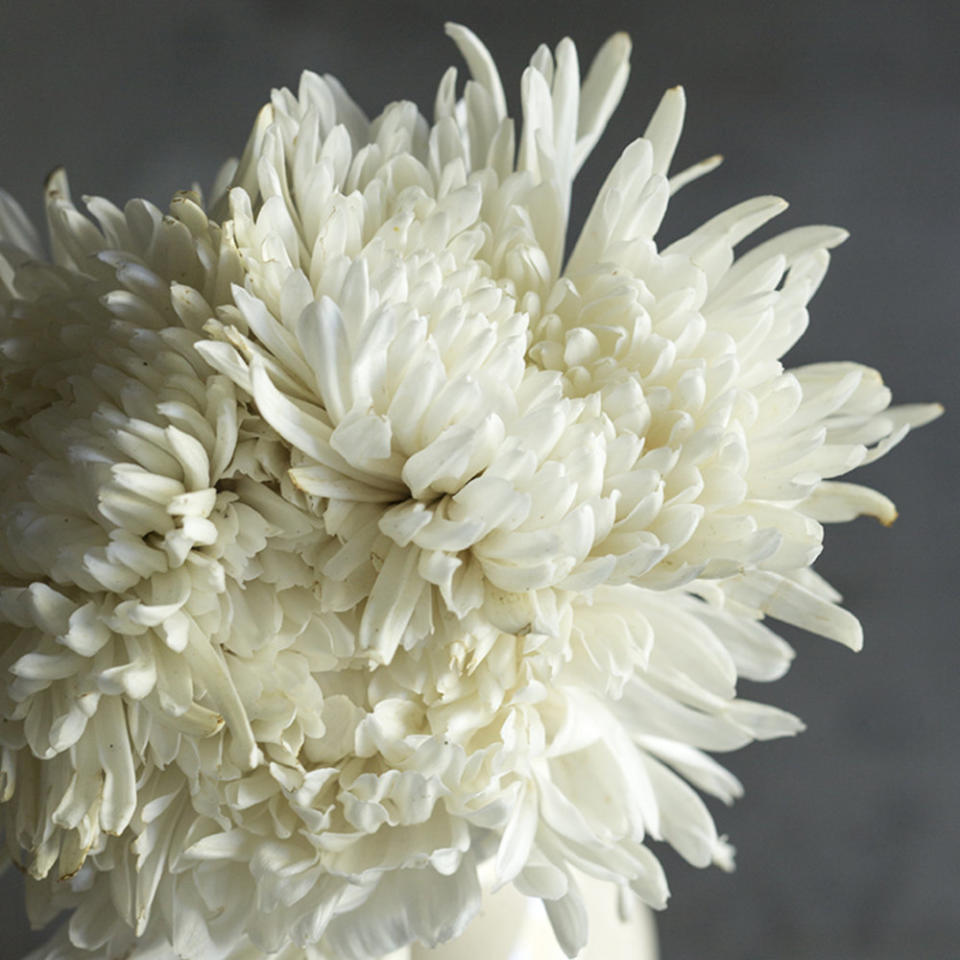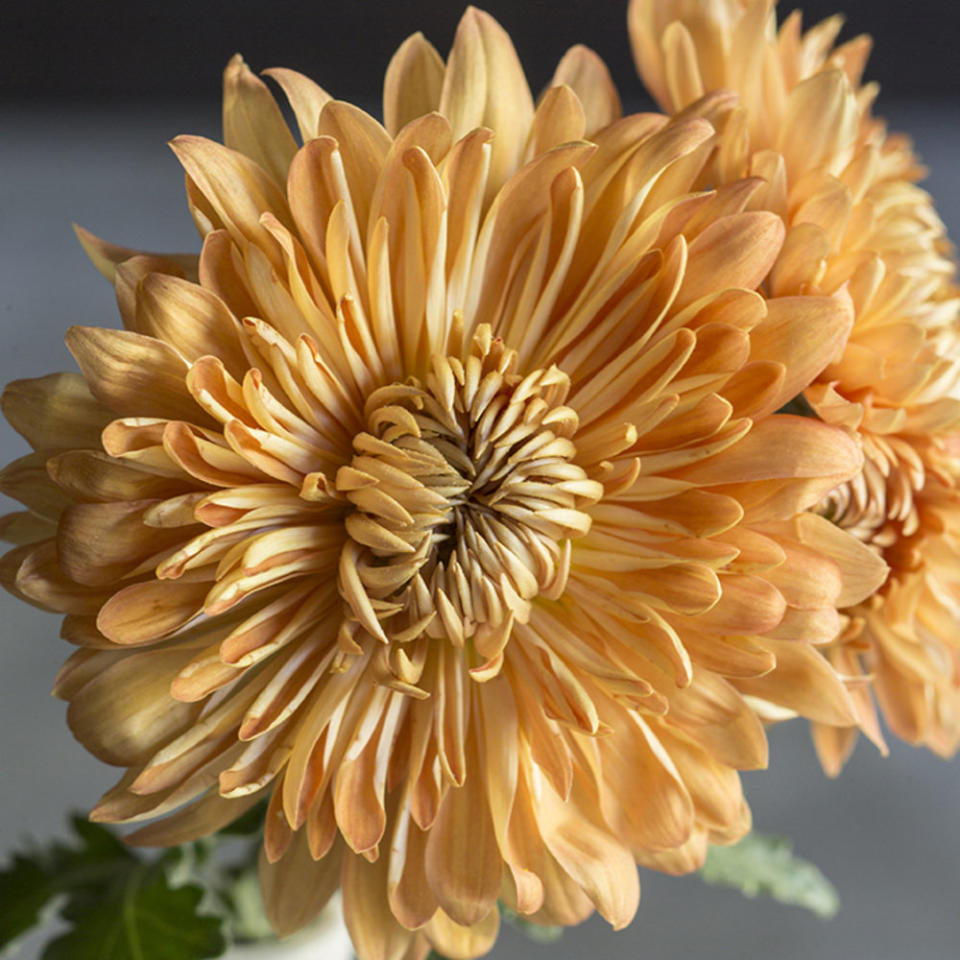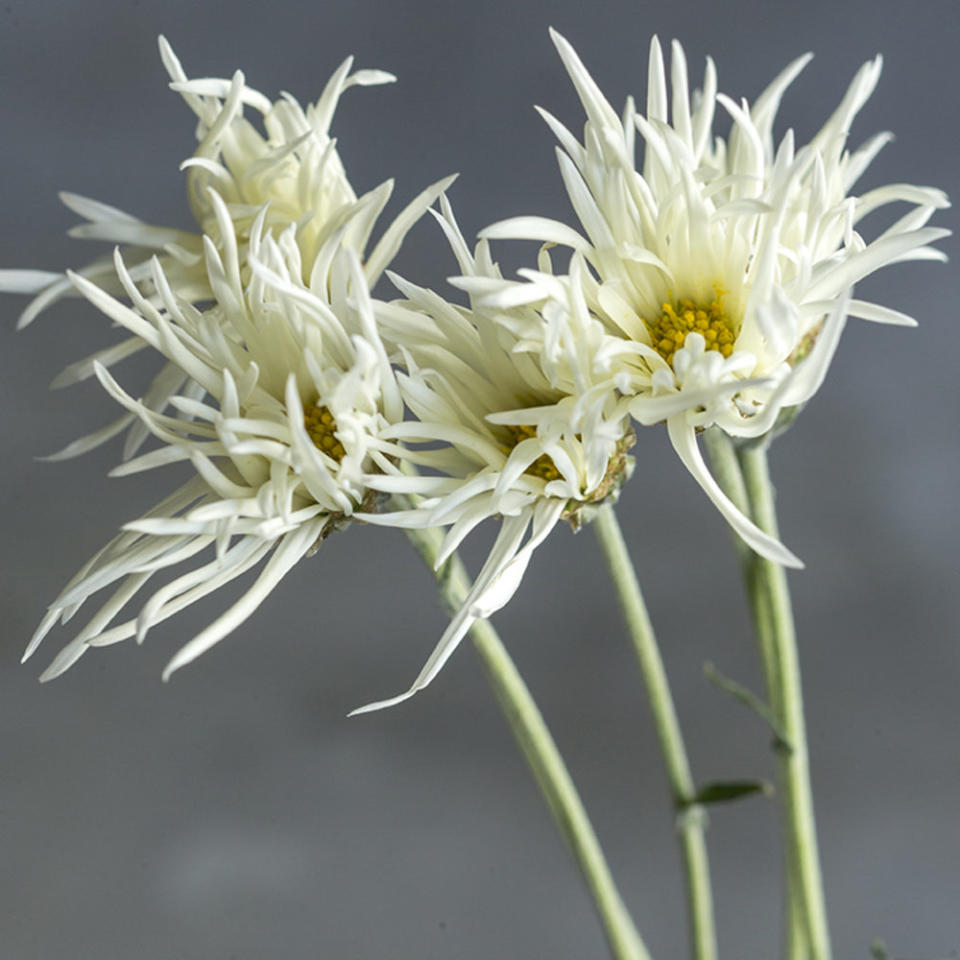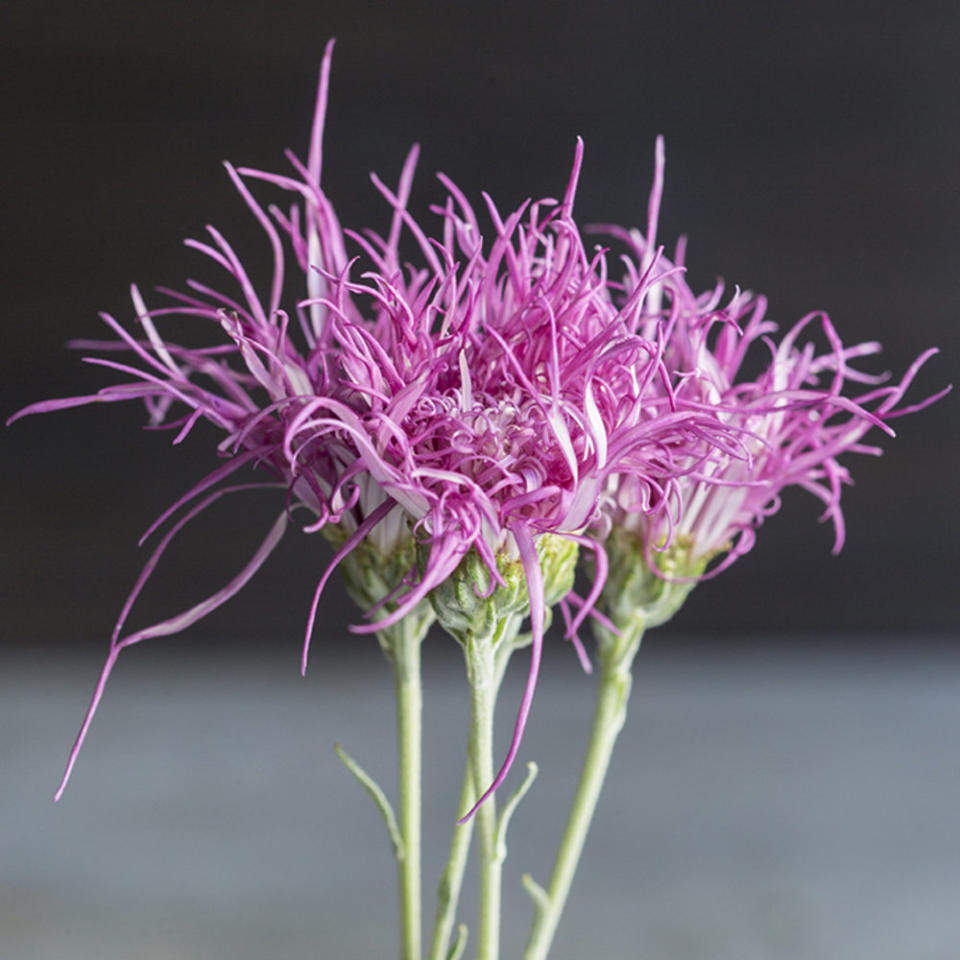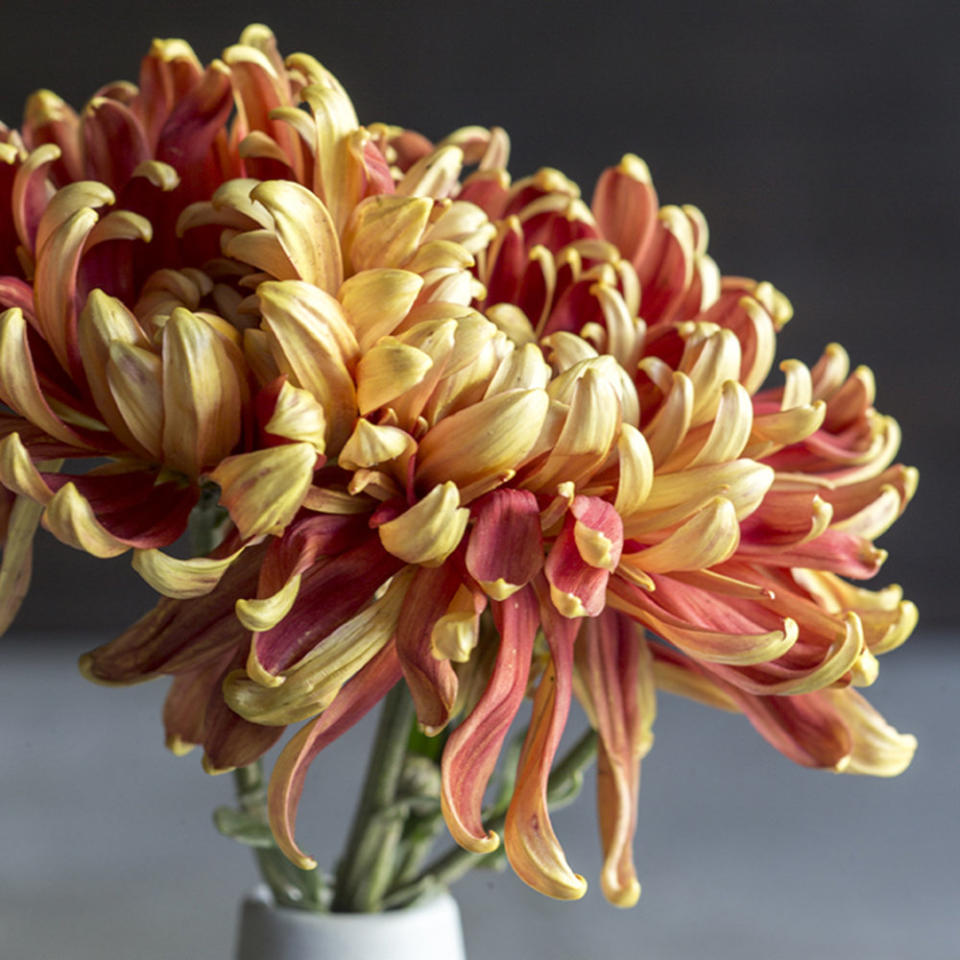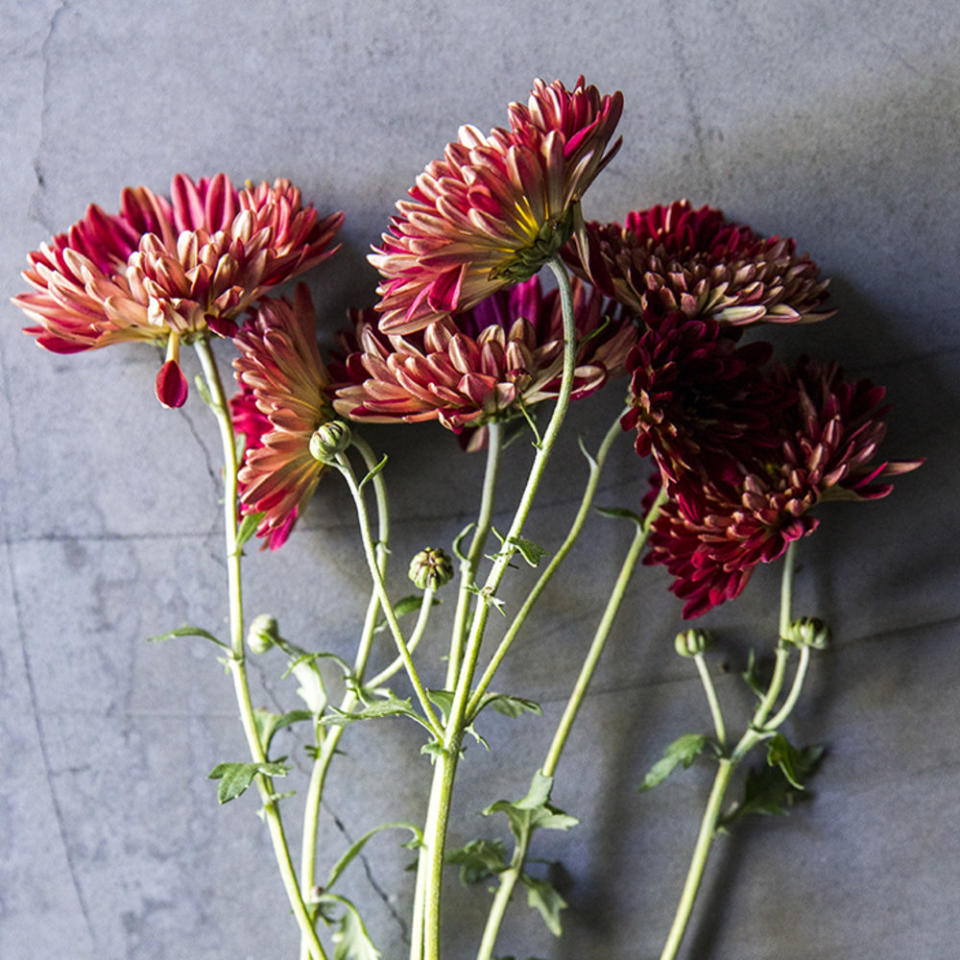19 Stunning Fall Chrysanthemums
Get a late-season dose of beauty from autumn’s most reliable flower
1 of 21
Rethinking the mighty mum
Chrysanthemums, or mums, get a bad rap—and for good reason. The two most common types—bright white or yellow filler flowers sold at the grocery store or gaudy mounds of small-flowered garden mums that hit the nurseries as soon as temps cool—border on obnoxious. But there’s a whole world of specialty mums that will have you rethinking your resistance to this awesome late-season bloomer.
Advertisement
2 of 21
'Saba'
With long lateral branches, this anemone-type mum is makes an excellent cut flower. Grow it for ribbon-like fuchsia petals edged in white with a lime green center.
Advertisement
3 of 21
'Coral Charm'
This decorative mum blooms in shade of coral and apricot. A charmer, indeed, this cultivar lasts a long time in a vase.
Advertisement
4 of 21
‘Vesuvio’
‘Vesuvio’—an anemone form of mum—is a great cultivar for creative florists. It’s easy to get lost staring at the white bloom with a single row of outside tubular petals.
Advertisement
5 of 21
‘Red Twig’
This is a spoon chrysanthemum—flower form as single daisies with spooned tips. ‘Red Twig’ is eye-catching with a bright yellow center and dark crimson tips.
Advertisement
6 of 21
‘Natalini’
The threadlike pink petals are a clear giveaway that ‘Natalini’ is a spider mum—the most exotic of all types.
Advertisement
7 of 21
‘Feeling Green’
Pompons forms, such as bright lime ‘Feeling Green’ grow heaps of blooms that seem to mesh well in almost any bouquet.
Advertisement
8 of 21
‘Mocha’
Another spider mum, ‘Mocha’ unfurls dusty mauve petals to reveal bright burgundy tips.
Advertisement
9 of 21
‘Golden Pinwheel’
A smaller spoon type, look closely to see that pale tubes give way to bright yellow tips.
Advertisement
10 of 21
‘River City’
With a color somewhere between champagne and peach, we’re in love with ‘River City’. Its form is that of irregular incurve—the giants of the chrysanthemum family.
Advertisement
11 of 21
‘Chesapeake’
We’re all about this full white, long lasting spider mum. It looks great in a mixed bouquet or in a vase of its own.
Advertisement
12 of 21
‘Annie Girl’
Decorative types, like pinkish purple ‘Annie Girl’, present beautiful open blooms, making them perfect in mixed bouquets.
Advertisement
13 of 21
‘Le Mans’
As a regular incurve, ‘Le Mans’ forms a complete ball. We fell hard for its large, light pink perfect form.
Advertisement
14 of 21
‘Fleur De Lis’
‘Fleur De Lis’, a light purple bloomer, is one of the best large spiders on the market. Expect hundreds of fine lacy petals spilling into a graceful arch
Advertisement
15 of 21
‘Fort Smith’
‘Fort Smith’ is an irregular incurve with large golden blooms. Flowers grow on particularly strong stems, making them perfect for the garden or the vase.
Advertisement
16 of 21
‘Lone Star’
Being an exotic- or unclassified-form, ‘Lone Star’ blooms in an angelic pure white.
Advertisement
17 of 21
‘Apricot Courier’
This reflex-form blooms in a rich apricot color. Strong stems make it ideal for the garden bed or the vase.
Advertisement
18 of 21
‘Saga No Yuki’
‘Saga No Yuki’ is an example for a brush and thistle form. These flowers don’t open flat, but rather stay in a brush shape, resembling a thistle flower. This white cultivar plays particularly well with others.
Advertisement
19 of 21
‘Wisp of Pink’
This brush and thistle form blooms a cheery pink.
Advertisement
20 of 21
‘Tropez’
An intermediate incurve, ‘Tropez’ flowers have deep crimson tops and bronze undersides—a lovely fall palette.
Advertisement
21 of 21
Mum care
Plant in spring: Though famous for their fall blooms, mums—particularly these florist varieties—need to be established in spring. Order cuttings in spring from a reliable source, such as King Mums (link to https://www.kingsmums.com/index.php)
Rich soil: Plant mums in well-amended soil. Add several handfuls of compost at planting time.
Full sun: For optimal blooming, plant mums in a spot that receives at least 6 hours of direct light.
Regular water: Mums have shallow roots, making regular water a necessity.
Pinch back: Remove the tips of stems to encourage branching. Repeat every two weeks until mid-July. (Garden mums—purchased as annuals in late summer—do not require pinching.
Winter survival: In harsh winter areas, mulch mum beds with evergreen branches to help plants survive the freeze-thaw cycles.
Advertisement

